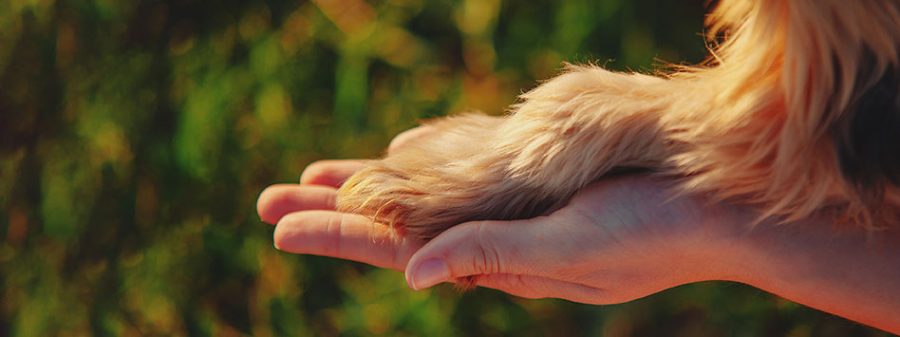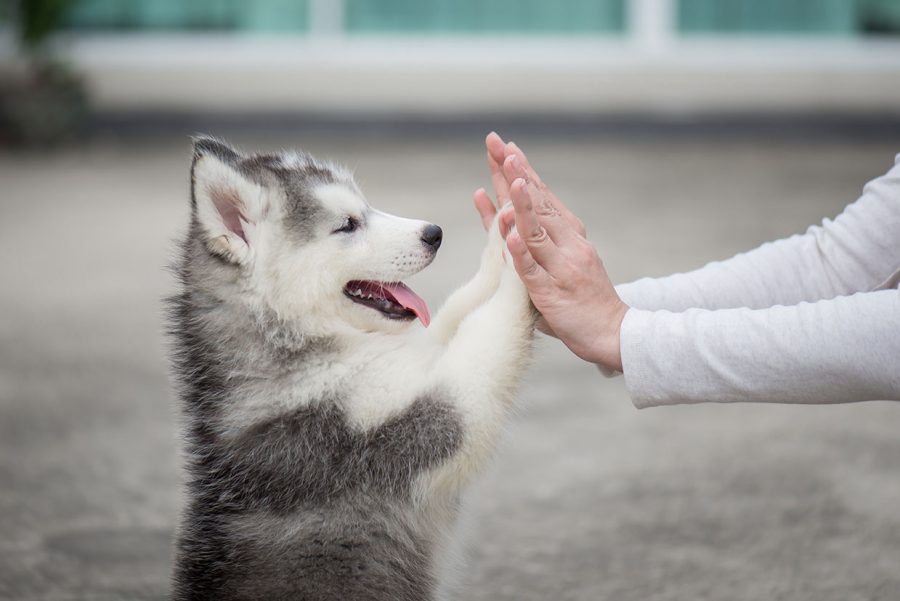Taking care of your dog’s paws is critical to their health and safety. In order to properly perform this practice, which is part of the pet care routines, it is necessary to know the anatomy of a dog’s paw.
A dog’s paw is characterised by a very particular anatomy, made up of different structures: the skin, pads, tendons and ligaments, blood vessels and, finally, the nails.
There are six pads in a dog’s paw: five digital pads and a metacarpal or metatarsal pad (depending on whether it is in the hand or foot) which is a little larger and placed immediately behind the others. These pads are real shock absorbers which, by cushioning vibrations and blows, protect the bones and joints of the paws from the impact with the ground during walking.
Furthermore, in the hand, at the height of the wrist, there is a small carpal pad, which acts as a brake. That is, it is useful when the dog walks on steep or slippery surfaces.

Do you know why the pads are so soft?
Because they consist of a layer of adipose tissue, which makes them excellent thermal insulators, able to protect the rest of the dog’s paw from very cold temperatures.
The fingertips, especially if dogs spend a lot of time outdoors, can suffer trauma, or become cracked due to excessive dryness. To keep them soft, and prevent them from cracking, it is advisable to apply petroleum jelly, especially if the animal often walks on rough terrain, snow or gravel, as in the case of sled dogs or hunting dogs.
Pay attention to the spaces between the fingers
Dogs’ paws should be checked regularly, for example when bathing our four-legged friend, to verify that no foreign bodies have nestled between the interdigital spaces, such as tail fox, which can cause very serious infections, or parasites, such as ticks.
The hair between the fingers must be kept short, because it retains dirt.

Are there breeds more prone to paw inflammations?
It seems that pododermatitis, that is the inflammation that affects the paws of dogs, are more frequent in Pointers, the Bull terriers, and Bulldogs, among short-haired dogs, while, among those with long hair, they occur more often in German Shepherds, Irish Setters, and the Golden Retrievers.
Federica Pirrone, Mariangela Albertini, Patrizia Piotti researchers at UNIMI Veterinaria
